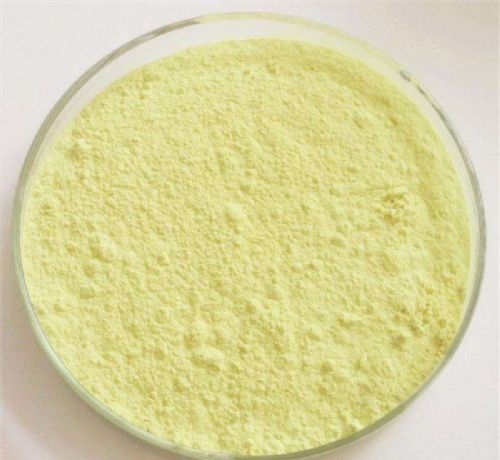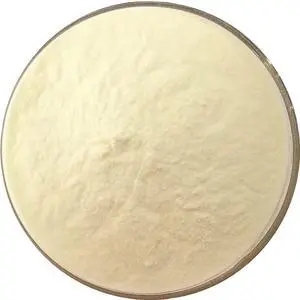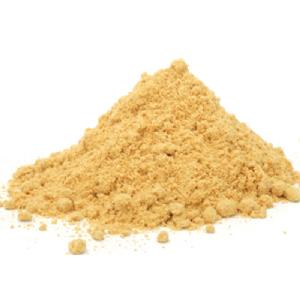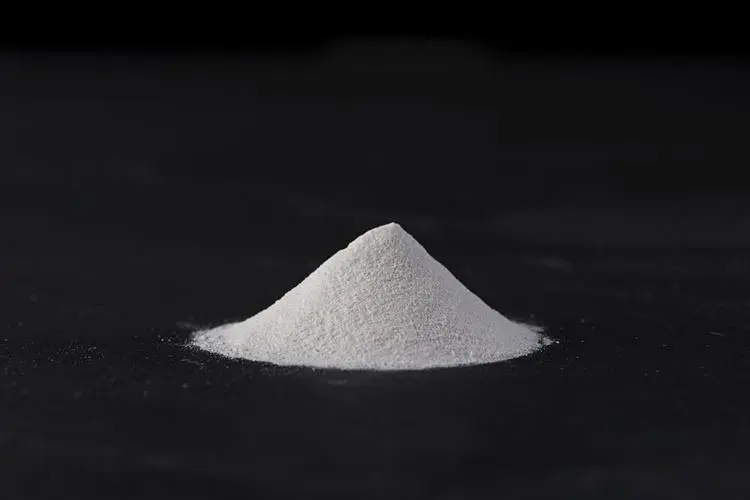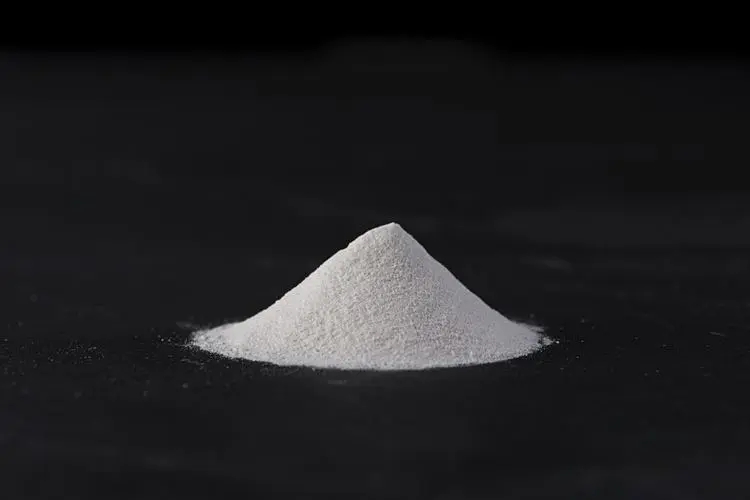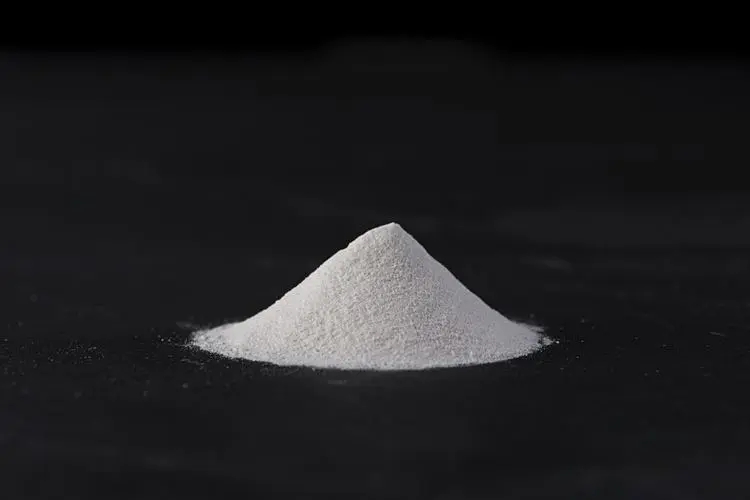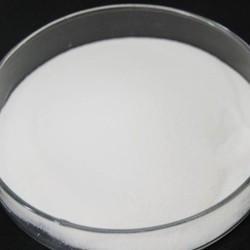Phospholipid manufacturer price


Controlling phospholipid dosage is crucial to ensure the safety and efficacy of products in which phospholipids are used, whether in pharmaceuticals, food supplements, or other applications. Here are some key considerations for controlling phospholipid dosage: Formulation Design: Careful formulation design is essential to achieve the desired dosage of phospholipids in the final product. This includes selecting the appropriate type of phospholipid, determining the concentration, and understanding the intended purpose of the phospholipid in the formulation. Quality Control of Raw Materials: Start by ensuring the quality and purity of the raw materials, especially the phospholipid source. Raw materials, such as lecithin derived from soy, sunflower, or other sources, should meet specified standards to guarantee the consistency of the phospholipid content. Analytical Testing: Implement robust analytical testing methods to quantify the phospholipid content in the formulation. Various analytical techniques, including chromatography and spectroscopy, can be employed to accurately determine the concentration of phospholipids. Standardization of Ingredients: If using phospholipids from natural sources like lecithin, consider standardizing the ingredients to ensure a consistent concentration of phospholipids in each batch. This helps maintain uniformity in the final product. Good Manufacturing Practices (GMP): Adhere to Good Manufacturing Practices to maintain quality control throughout the production process. This includes proper handling of raw materials, accurate measurement of ingredients, and adherence to established protocols. Dosage Forms: Consider the dosage form of the product. In pharmaceuticals, this may involve tablets, capsules, or liquid formulations, each requiring specific considerations for accurate dosing. In food supplements, dosages may vary based on the product type (e.g., softgels, powders, or liquid formulations). Testing During Production: Implement in-process testing during production to monitor the dosage of phospholipids as the product is being manufactured. This helps identify and rectify any deviations from the desired concentration early in the process. Batch-to-Batch Consistency: Establish protocols to ensure batch-to-batch consistency. Regularly monitor and validate the manufacturing process to minimize variations in phospholipid dosage between different production runs. Labeling and Documentation: Clearly label the product with accurate information regarding the phospholipid dosage. Ensure that product documentation, including batch records and certificates of analysis, is comprehensive and accurate. Regulatory Compliance: Be aware of and comply with regulatory requirements related to the dosage of phospholipids in specific product categories. Different regions and industries may have varying standards and regulations. Periodic Quality Audits: Conduct periodic quality audits of the manufacturing process to ensure that quality control measures are consistently followed. This includes assessing the accuracy of dosage measurement and the effectiveness of analytical testing. By integrating these considerations into the manufacturing process, producers can effectively control the dosage of phospholipids in their products, ensuring both quality and compliance with regulatory standards.
Other supplier products
|
|
Phosphatidylserine Power |
Phosphatidylserine power is a group of compounds, rather than a single component because the residues of lipo ethyl phthalein vary widely depending... |
|
|
Phosphatidylserine Chinese Supplier |
Known as the third generation of emerging "smart nutrients", phosphatidylserine powder is also regarded as a "new weapon to activate the brain". As... |
|
|
Phospholipid Supplier |
Soy phospholipid is often referred to as the "third nutrient" alongside vitamins and proteins. The main component of soy phospholipid, phospholipid... |
|
|
Phosphatidylserine Powder Manufacturer |
What is the main function of phosphatidylserine powder? We have learned that phosphatidylserine can mainly improve the function of nerve cells, reg... |
|
|
Phospholipid Selling Price |
The solubility of phospholipids is influenced by various factors. Here are some key factors affecting phospholipid solubility: 1.Fatty acid chain l... |
All supplier products
Same products
|
|
L-leucine Manufacturer 61-90-5 |
Seller: Shanghai Yifu Food Ingredients Co., Ltd |
L - leucine has several notable performance characteristics related to its physical and chemical ... |
|
|
L-leucine Partners, long-term cooperation |
Seller: Shanghai Yifu Food Ingredients Co., Ltd |
L-leucine has a wide range of applications in the fields of medicine, food, and cosmetics, among ... |
|
|
L-leucine Supply price |
Seller: Shanghai Yifu Food Ingredients Co., Ltd |
L-leucine is an essential amino acid, which means it cannot be synthesized by the human body and ... |
|
|
High quality L-leucine |
Seller: Shanghai Yifu Food Ingredients Co., Ltd |
Functions in the Human BodyProtein Synthesis: It is a crucial component for building proteins. It... |
|
|
L-leucine Supplier |
Seller: Shanghai Yifu Food Ingredients Co., Ltd |
Basic InformationChemical Formula: C6H13NO2Molecular Weight: 131.17 g/molStructure: It has a bran... |










